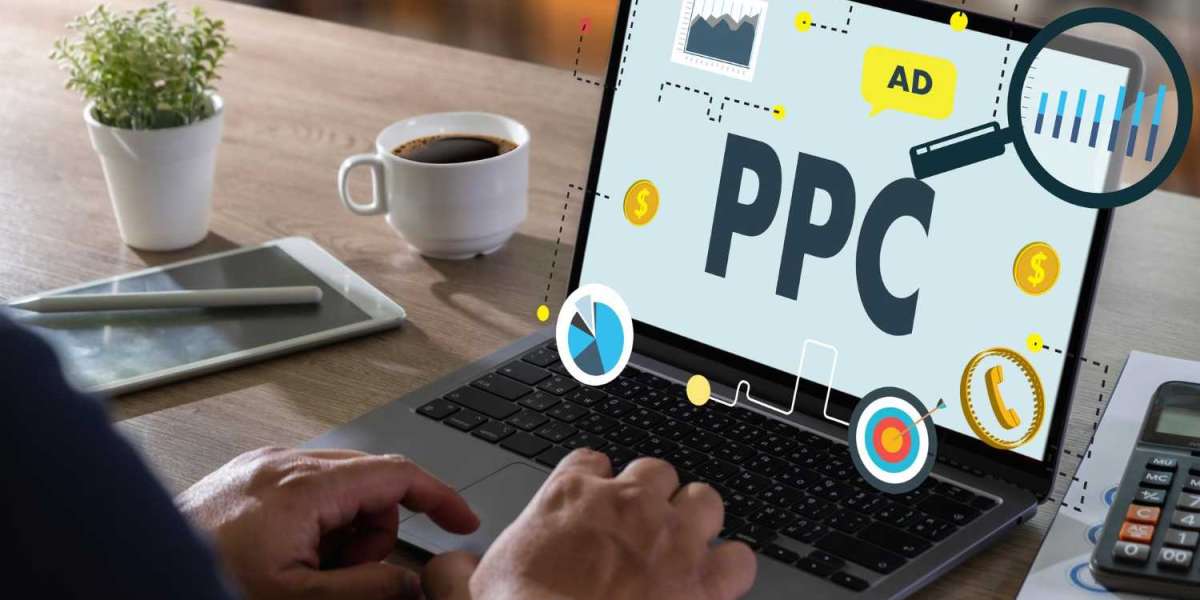Pay-per-click marketing, commonly known as PPC advertising, is one of the most effective digital marketing strategies for businesses seeking to drive traffic to their websites and generate leads. In this article, we’ll explore what PPC marketing is, its benefits, and how to create a successful campaign.
What is Pay-Per-Click Marketing?
Pay-per-click (PPC) marketing is a digital advertising model where advertisers pay a fee each time their ad is clicked. It’s essentially a way of buying visits to your site, rather than attempting to earn them organically. PPC advertising is used across various platforms, including search engines, social media, and display networks.
How Does PPC Advertising Work?
PPC advertising works by bidding on keywords that are relevant to the product or service you're promoting. When users search for these keywords, your ad appears in the search engine results, usually at the top. If the user clicks on your ad, you pay the bid amount. This makes PPC highly targeted and cost-effective.
Types of PPC Advertising
- Search Ads – These ads appear at the top of search engine results when someone searches for specific keywords.
- Display Ads – Banner ads placed on various websites in the Google Display Network.
- Social Media Ads – Ads that appear on platforms like Facebook, Instagram, and LinkedIn.
- Shopping Ads – Product listings that appear in search engine results when users are looking for specific products.
Why Should You Use PPC Advertising?
There are several reasons why PPC advertising is a must for businesses looking to expand their reach online:
- Immediate Results – Unlike SEO, which can take months to show results, PPC advertising drives traffic instantly.
- Highly Targeted – You can target specific demographics, locations, and even devices.
- Budget Control – You set the budget, so you can spend as much or as little as you want.
- Measurable ROI – PPC offers detailed analytics so you can measure the success of your campaigns easily.
Creating a Successful PPC Campaign
To create a successful PPC campaign, follow these steps:
1. Set Clear Objectives
Before you launch any campaign, define what you want to achieve. Are you looking for more sales, website traffic, or brand awareness?
2. Choose the Right Keywords
Keyword research is crucial. Use tools like Google Keyword Planner to find high-volume, low-competition keywords relevant to your business.
3. Write Compelling Ad Copy
Your ad copy needs to grab attention and include a clear call-to-action (CTA). Make sure to use the keyword you’re bidding on in your headline and description.
4. Optimize Landing Pages
Once someone clicks your ad, they should be directed to a relevant, well-designed landing page. Ensure your landing page is optimized for conversions, with clear messaging and fast load times.
5. Monitor and Optimize Campaigns
PPC advertising is not a “set it and forget it” strategy. Regularly review your campaign's performance, optimize bids, and tweak ad copy as necessary to improve click-through rates (CTR) and conversions.
Common Mistakes to Avoid in PPC Advertising
- Neglecting Negative Keywords – Not using negative keywords can result in wasted ad spend on irrelevant clicks.
- Ignoring Mobile Users – Make sure your ads and landing pages are mobile-friendly.
- Overlooking Ad Extensions – Utilize ad extensions like sitelinks, callouts, and structured snippets to enhance your ad's visibility.
- Not Tracking Conversions – Always set up conversion tracking to measure your success effectively.
Benefits of PPC Advertising
- Cost-Effective – You only pay when someone clicks on your ad, ensuring that your budget goes toward generating potential leads.
- Targeting Precision – Target users based on their search intent, location, device, and even the time of day.
- Increased Brand Visibility – Get your brand in front of customers actively searching for products or services like yours.
- Quick Launch Time – Unlike other marketing strategies, PPC campaigns can be launched in a matter of hours.
- Customizable Budget – You control how much you're willing to spend, making PPC suitable for businesses of any size.
How to Measure PPC Campaign Success
To ensure your PPC campaign is successful, it’s essential to track the following key metrics:
- Click-Through Rate (CTR): Measures how many people clicked on your ad after seeing it.
- Conversion Rate: The percentage of clicks that result in the desired action, such as a purchase or sign-up.
- Cost-Per-Click (CPC): The amount you're paying for each click.
- Return on Ad Spend (ROAS): The revenue you earn for every dollar spent on PPC.
PPC Advertising Tools
There are several tools that can help you manage and optimize your PPC campaigns:
- Google Ads – The most popular PPC platform, offering search, display, and shopping ads.
- Bing Ads – A cost-effective alternative to Google Ads with less competition.
- Facebook Ads Manager – A platform for managing social media PPC campaigns.
- SEMrush – A tool for keyword research, competitor analysis, and PPC management.
- WordStream – A software platform that helps you manage and optimize Google and Facebook Ads.
Conclusion
Pay-per-click marketing is a powerful strategy for businesses looking to drive immediate traffic and conversions. Whether you're using PPC advertising on Google, Bing, or social media, it provides a scalable and measurable way to grow your business. By setting clear objectives, optimizing your campaigns, and avoiding common mistakes, you can reap the benefits of PPC and achieve a high return on investment.














